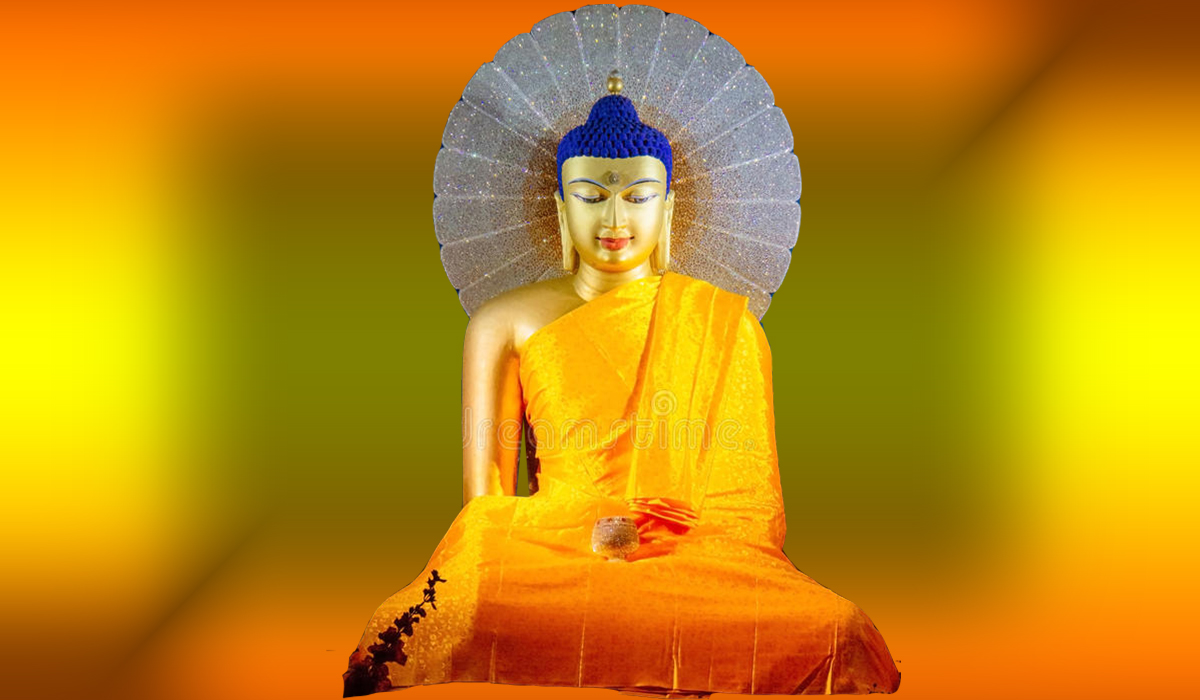Just as finding the source of a river should lead us to a mountain, the history of the Buddha Dharma should also lead us to its origin, the Buddha Shakyamuni, our sublime teacher with exceptional compassion for the beings of the five degenerations.
From his twelve main deeds [or the countless deeds of the three doors: body, speech, and mind] that arose from his mind of altruism, the deeds of his speech are considered to be of utmost importance. From amongst these deeds of speech, the immaculate and the best of them are his teachings on the Perfection of Wisdom [Sherchin]; the precious sets of Sutras on the Perfection of Wisdom [Sherchin Ki Dhode Rinpoche] are such examples.
The content of those treatises is classified into the Implicit Sets on the Graduated Paths and the Explicit Sets on the Profound Emptiness. From amongst the celestial beings, Maitreya and Manjushri were respectively assigned the task of safeguarding these teachings. In humans, these two sets of teachings were passed on in an unbroken lineage through Arya Asanga and Arya Nagarjuna respectively.

Atisha Dipamkarasrijanana received the lineage of the profound view from Lama Rigpe Cuyug and the lineage of extensive practice from Lama Serlingpa. Thus, Atisha is known to have merged these traditions into one mainstream. He further received all the lineages of the Great Blessing Lineage and the tantric empowerments which were passed on from Manjushri to Shantideva. Atisha composed a famous text called ‘The Lamp of Graduated Paths to Enlightenment’, a text that succinctly teaches how an individual practitioner systematically and sequentially assimilates all ranges of the Buddha’s teachings into the path to enlightenment. He composed the text specifically for the need of the Tibetan people with whom he has a special karmic connection. Atisha, therefore, is known as the founder of the Great Kadampa Tradition.

Sera Mahayana Monastic University is one of the greatest seats of learning within the Geluk School of Tibetan Buddhism, a school in which the Kadampa tradition in general, and particularly the great Nalanda tradition are preserved and practiced in their entirety. Sera Mahayana Monastic University – the name that echoes across The Land of Snow like the Sun and the Moon – was built by Jamchen Choeje Shakya Yeshi [1359-1435], a direct disciple of the compassionate savior Tsongkhapa [1357-1419]. As the monastery was surrounded by Servas, a typical tree that grows in the surrounding, the term Sera – an abbreviation of the Tibetan word Servairawa which literally means the fence of Serva – came to be used gradually. In the vicinity of Sera, Tsongkhapa is known to have composed his famous text The Ocean of Reasoning, his own commentary to Arya Nagarjuna’s Fundamental of Wisdom. While composing it, Tsongkhapa had a vision of words like Ah depicting the sixteen kinds of emptiness written in gold and appearing in abundance like the rainfall in the sky. Tsongkhapa then prophesied that, in the future, there would be a monastic institution in the vicinity that would uphold the Mahayana tradition of study and practice. The name Thekchenling – which literally means the abode of Mahayana – is said to be connected to this prophecy. With successions of remarkable teachers, Sera Mahayana Monastic University gradually expanded into four monasteries: Gya, Drom, Jey, and Mey. However, presently we have only Sera Mey and Jey Monastery rebuilt in India.

Kunkhen Jangchup Bhumpa, also known as Jangchup Oser [1377-1443] was one of the seven disciples known by the honorary The Seven Great Flags of the compassionate protector Tsongkhapa [1357-1419] who helped the Dharma to flourish in all directions. In the year 1421 – corresponding to the Tibetan Iron-Ox Year 1548 of the 17th Rabjung – south of the Tibetan capital Lhasa, at the foothill of a mountain that looked like a sleeping elephant, he founded Sera Mey Monastery so that the three wheels of study and contemplation, meditative concentration and service of the monastic community could be turned continuously for the benefit of the fortunate ones.

- Study and contemplation
- Meditative concentration &
- She service of the monastic community








